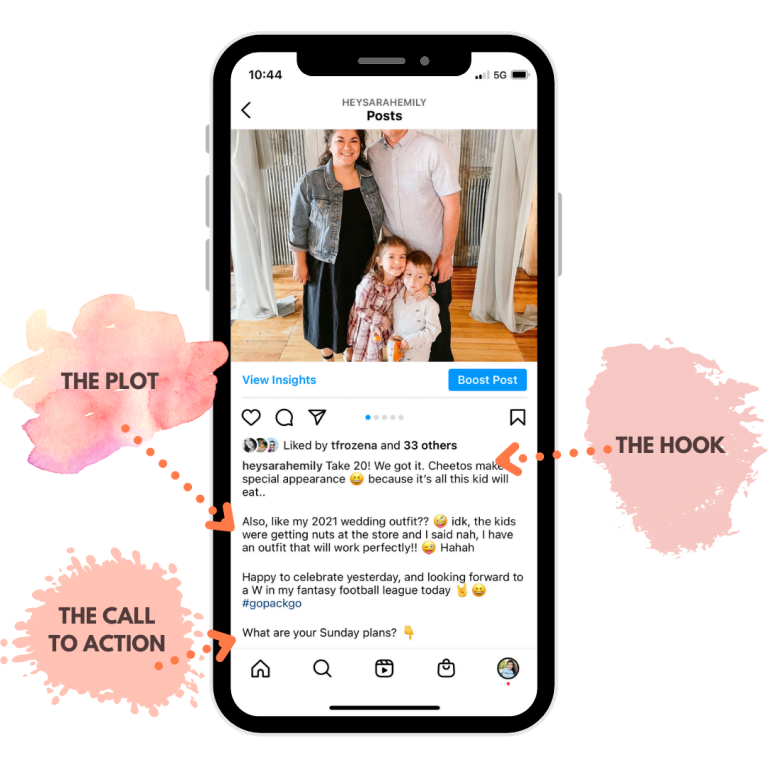Creating Brand identity on digital platforms in 6 steps
What is a brand identity?
A company’s visual and verbal tools for conveying its values and message to customers make up its brand identity. A logo, color scheme, typography, and messaging are a few examples of this. A brand identity’s objective is to forge a recognized, memorable perception of a firm and its goods or services in the minds of consumers.
Why Is Brand Identity Important for a business?
A company’s brand identity is crucial since it helps in developing a unique image and market presence for the organization. Customers may be more likely to recognize and remember a firm with strong branding, which may enhance brand loyalty and customer retention. It also aids in establishing the company’s distinctive value proposition and differentiating it from its rivals. Additionally, a strong brand identity can contribute to customer credibility and trust, which can result in higher sales and revenue. In general, creating and sustaining a successful firm requires a strong brand identity.
Some Brand Identity Examples
Here are a few examples of well-known brand identities:
- Coca-Cola: The iconic red and white logo, along with the distinctive cursive font, are instantly recognizable and have become synonymous with the brand.
- Nike: The “swoosh” logo is one of the most recognizable in the world, and is often used on its own to represent the brand. The company’s slogan “Just Do It” is also a well-known aspect of its brand identity.
- Apple: The minimalist design of the Apple logo, as well as its use of clean lines and white space, is a key aspect of the brand’s identity. The company’s product design, packaging, and advertising also consistently reflect this aesthetic.
- McDonald’s: The golden arches and the “I’m Lovin’ It” slogan are both instantly recognizable and synonymous with the brand.
- Mercedes-Benz: The iconic three-pointed star logo is easily recognizable and the company’s use of luxury materials, sleek design, and advanced technology all contribute to its brand identity.
These are just a few examples, but there are many other companies that have established strong brand identities in their respective industries.
How to Develop a Successful Brand Identity:
Developing a brand identity can be a complex process, but it can be broken down into several key steps. Here are a few steps that can help you develop a brand identity for your business:
- Conduct market research: Understand your target audience, competitors, and the overall industry landscape. This will help you to identify opportunities and gaps in the market that you can fill with your brand.
- Define your brand’s mission and values: Clearly define your brand’s purpose and what sets it apart from competitors. This will help guide all of your branding decisions moving forward.
- Create a brand personality: Develop a unique personality for your brand that will help it stand out and connect with your target audience.
- Design a visual identity: Create a logo, color scheme, typography, and other visual elements that will represent your brand.
- Develop a brand voice: Create a unique voice and tone for your brand that will be used in all communication materials.
- Implement and maintain your brand identity: Once your brand identity is established, make sure that it is consistently applied across all of your marketing and communication materials.
How to create a brand identity on digital platforms in 6 steps:
Creating a brand identity on digital platforms a digital marketer can help you a lot in creating one. this process involves 6 key steps, including:
- Develop a consistent visual identity: Create a consistent look and feel for your brand across all digital platforms, including your website, social media accounts, and any other digital properties. This includes using a consistent color scheme, typography, and logo.
- Develop a consistent brand voice: Create a unique voice and tone for your brand that will be used in all digital communications, including social media posts, blog articles, and email marketing.
- Create and share valuable content: Develop a content strategy that aligns with your brand’s mission and values, and share it across digital platforms. This can include blog articles, social media posts, videos, and infographics.
- Engage with your audience: Be present and active on social media, respond to comments, and engage in conversations. This will help you build a community of loyal fans and customers.
- Utilize SEO: Optimize your website and content for search engines to help increase visibility and drive more traffic to your digital properties.
- Track and measure your results: Use tools like Google Analytics to track the performance of your digital properties and campaigns, and use this data to make adjustments and optimize your strategy.
Given the ongoing evolution of digital platforms, it’s essential to keep up with new features and trends and adjust your brand identity accordingly. Additionally, in the current digital environment, having a responsive website and social media presence is necessary.
In conclusion, brand identity is an essential aspect of building and maintaining a successful business. It helps companies establish a distinct image and presence in the marketplace, which can lead to increased brand loyalty and customer retention. Developing a brand identity involves conducting market research, defining your brand’s mission and values, creating a brand personality, designing a visual identity, developing a brand voice, and consistently implementing and maintaining your brand identity across all communication materials. By following these steps, businesses can create a strong brand identity that will help them stand out in the marketplace and connect with their target audience.







